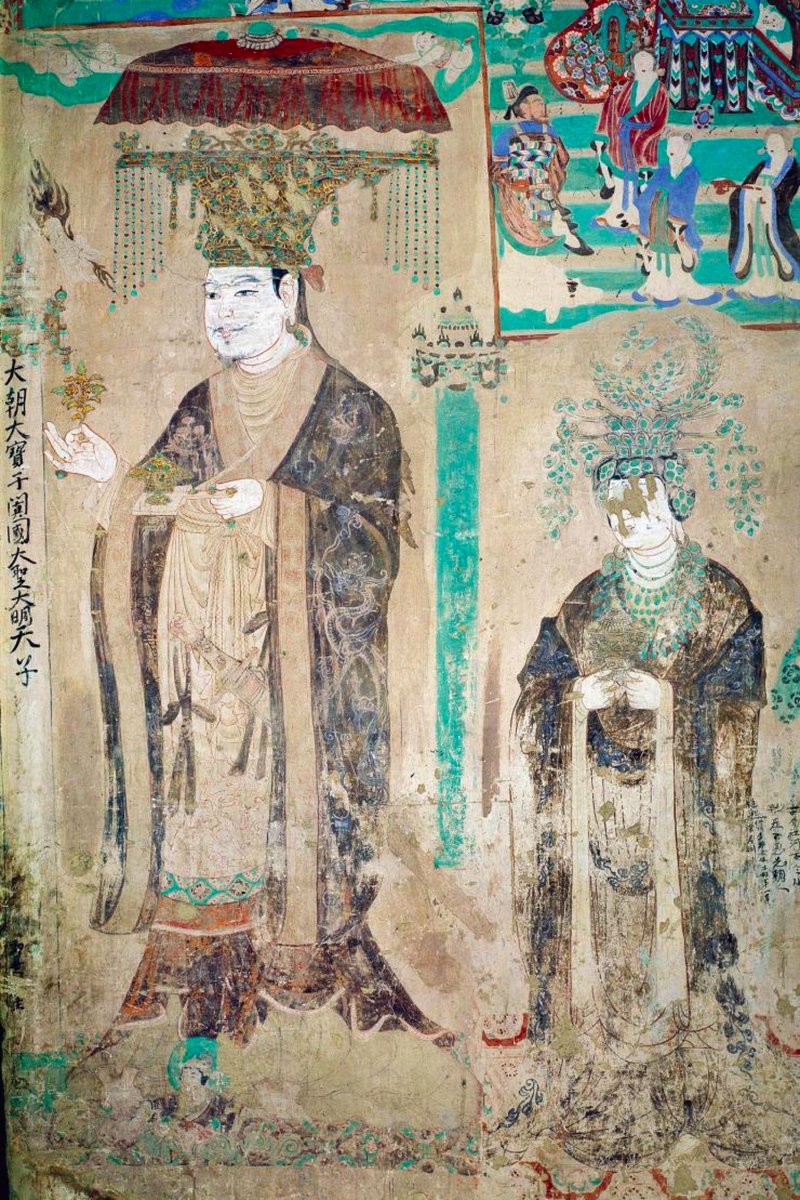We came down on them like a flood,
We went out among their cities,
We tore down the idol-temples,
We shat on the Buddha's head!
The area of Khotan was a lake which was dried up by Buddha.
2.The Indian is Kunala, Asoka’s son
3.The Indian is Yasas, who blinded Kunala and fled North
After that came Vijayadharma who was a powerful king, frequently at war. Later in life, he became a Buddhist and retired to Kashgar. But, we note that whether China was capable or not, Khotan always
2. Vijaya Simha(king 16) faced an invasion from the king of Ga-hjag – the king of Ga-hjag was captured and was put to death.
3.Vijayakirti(king 17) followed King Kanik of Gu-zan(Emperor Kanishka of Kushana Empire) in his Indian invasion and after taking the city of So-ked, Vijayakirti obtained many
4.During the reign of fourteen unknown kings, the Turks(Drugu) raided Khotan frequently.
5.Vijaya Sangrama(king 52) and his son Vijaya Vikrama went to China but their return route was blocked by the Dru-gu. They had to return back –
Even after the kings are gone and kingdoms collapse,
Even after seasons changed and hurricanes blew,
Even if humans turned the devils and ruined everything,
What's left are sculptures and artifacts
*Finis*


















